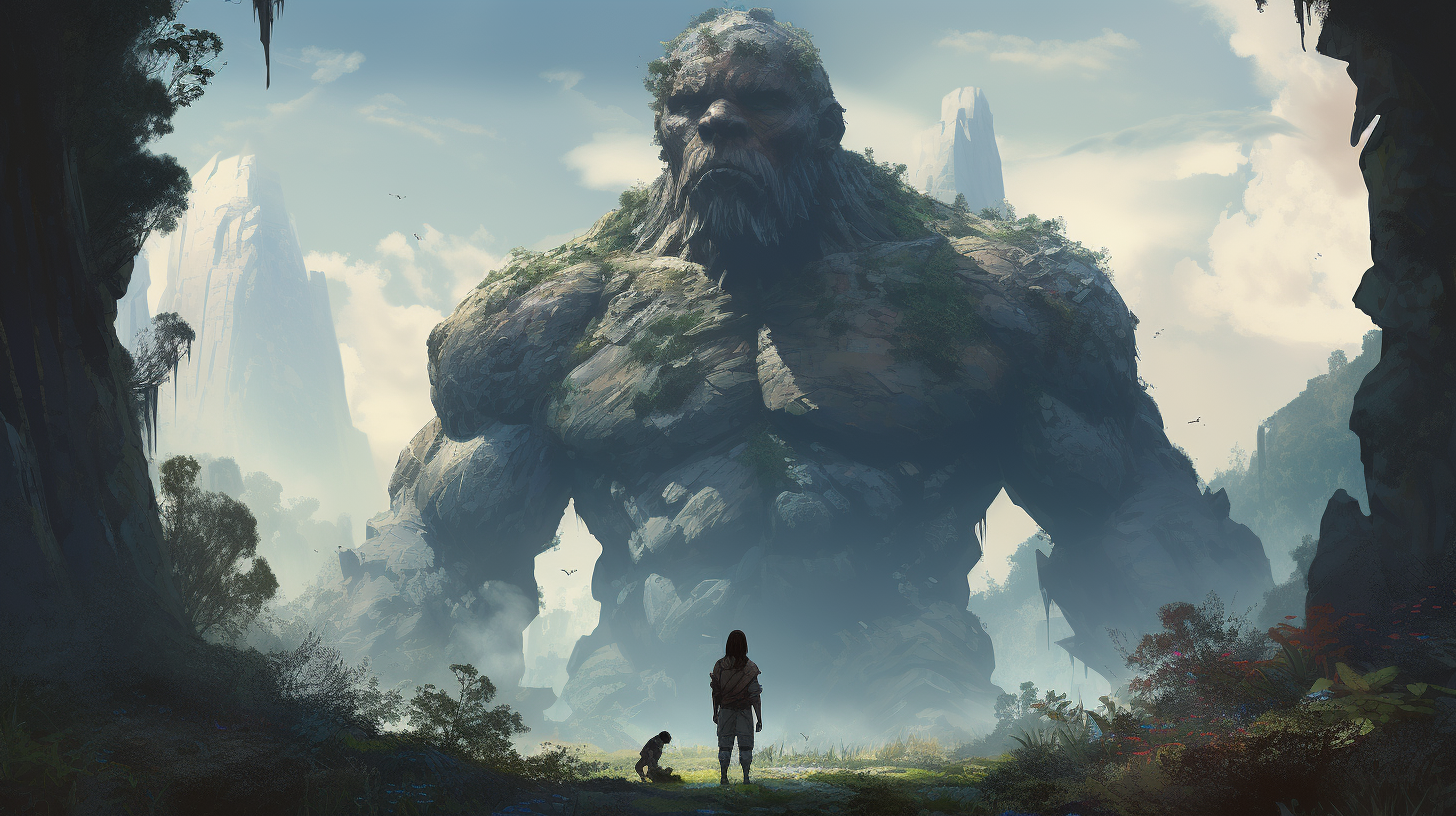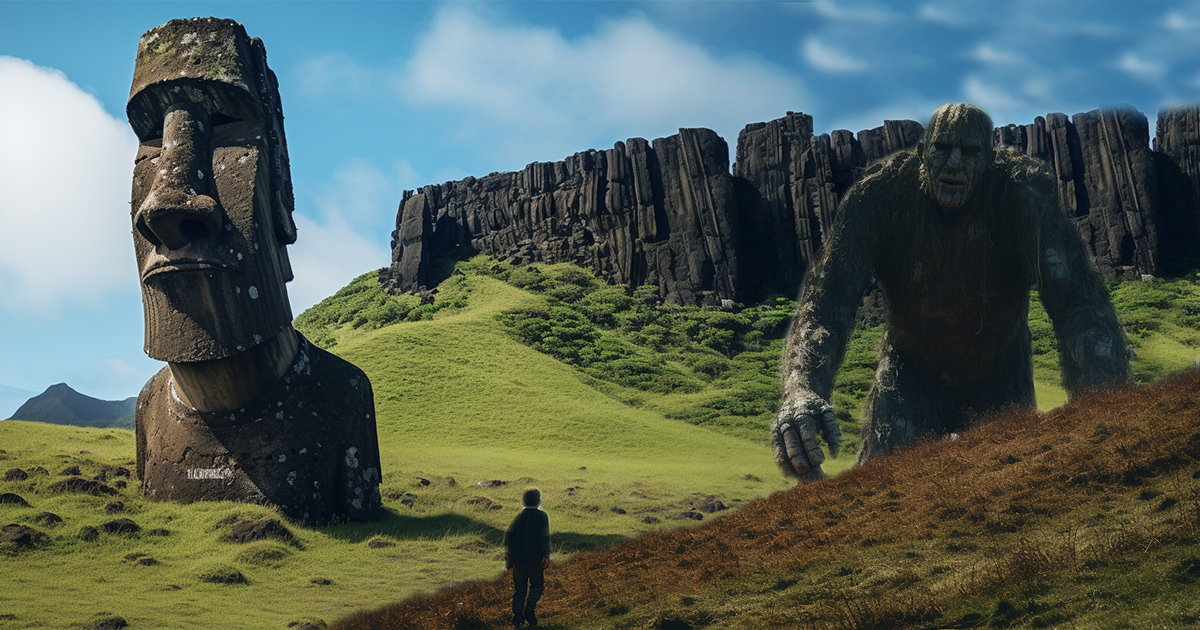Nestled in the depths of the Southeast Pacific Ocean lies Easter Island, also known as Rapa Nui, a place veiled in mystery and seclusion. This remote island, situated over 1,100 miles away from its nearest inhabited neighbor and more than 2,000 miles distant from mainland Chile, has captivated explorers, historians, and advocates of ancient astronaut theories for centuries.
Easter Island stands out due to its collection of around 300 towering stone statues called the moai. These colossal sculptures, predominantly facing inland, have puzzled scholars for generations.
Ranging from 15 to 70 feet in height and weighing an impressive 165 tons, the construction of these monumental figures raises a fundamental question: what motivated the island’s inhabitants to undertake such grandiose building endeavors?
According to the current Rapa Nui residents, the indigenous people of the island attribute the creation of the moai to their profound reverence for esteemed ancestral ariki or leaders.

Despite this, advocates of ancient astronaut theories propose an innovative conjecture – suggesting that the moai might have been erected by an ancient civilization of giants who once inhabited the island.
The mysterious anecdotes from C.F. Barons, a member of the Dutch expedition that first came across Easter Island in 1722, add an element of fascination to this notion.
Barons recounted encounters with individuals from the island’s priestly class, described as giants, standing at approximately 15 feet tall.
Further complicating the island’s narrative is the divide between its two distinct population groups: known as the short ears and the long ears. The long ears, often associated with giants, constituted a separate faction from their short-eared counterparts.
Marked by their elongated earlobes, the long ears formed the elite priesthood responsible for overseeing the crafting and transportation of the statues around the island.
The immense size of the megaliths on Easter Island has incited speculation that they might have been crafted by giants. This concept resonates with legends from diverse cultures, hinting at a potential link between ancient giants and monumental structures.

Nevertheless, a veil of uncertainty hovers over the island’s history. Despite supporting a population of up to 15,000 inhabitants before Western contact, Easter Island witnessed a swift decline.
Merely 52 years after James Cook’s expedition, the moai sculptures on the island lay in ruins, and the population dwindled to a mere 700 survivors.
What triggered such a dramatic downfall? Interestingly, historical records from that era make no reference to giants, creating a captivating gap in our comprehension of the island’s past.
Some proponents of ancient astronaut theories put forth a compelling hypothesis regarding the disappearance of Easter Island’s populace. Archaeological discoveries expose deserted and unfinished moai statues in quarries alongside scattered tools. The sudden cessation of construction and the fate of the giant priestly class overseeing the projects remain an enigma.
Could it be that Easter Island served as a venue for genetic experiments conducted by extraterrestrial beings, as suggested by some theorists? They posit that remote locations like islands, high mountains, and cliffs were selected to prevent interference or contamination in these experiments.
Watch the Video Below:
While these theories may be captivating, the true chronicle of Easter Island remains elusive. The silent moai statues persist as sentinels of a past entwined with riddles. Although we may never unravel all the enigmas of this enigmatic island, the allure of Easter Island and its perplexing history will surely captivate the human mind for generations to come.
